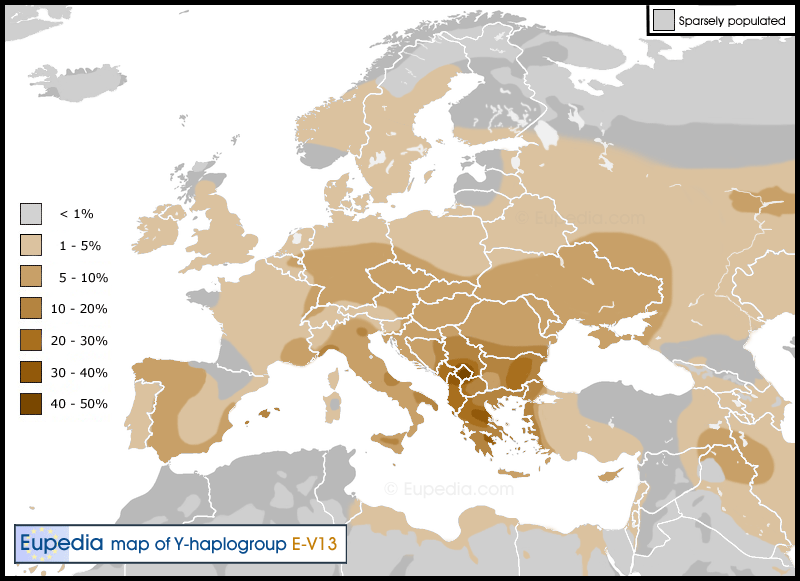Johane Derite
Regular Member
- Messages
- 1,851
- Reaction score
- 885
- Points
- 113
- Y-DNA haplogroup
- E-V13>Z5018>FGC33625
- mtDNA haplogroup
- U1a1a
The conclusion of the authors is the following:
====
A systematic analysis of all relevant forms goes beyond our scope, but one can fairly say that the number of closely knit
lexemes with strong etymologies is in fact not significantly higher between Albanian and Balto-Slavic than one would expect between any two IE branches.
====
You are presenting your conclusion. The authors spend 1.5 pages on Albanian - Slavic relations and 8 pages on Albanian - Greek relations. That is the main conclusion.
So you also have a problem with basic reading comprehension? My comment clearly states that the deepest phylogeny of Albanian is with Greek as is argued by them in the paper alongisde others like Matzinger.
That doesn't negate the fact that the 11-19 counting system of Albanian and Slavic (+Latvian) have the same structure and so must have had contact.
This fits Matzinger & Ackermanns model of Albanian descending from a group that stayed longer on the steppe and underwent the Satem isogloss partially, at this moment the Albanoid group ancestral to proto-Albanian could have also developed this shared counting isogloss with the proto-Slavic group.



